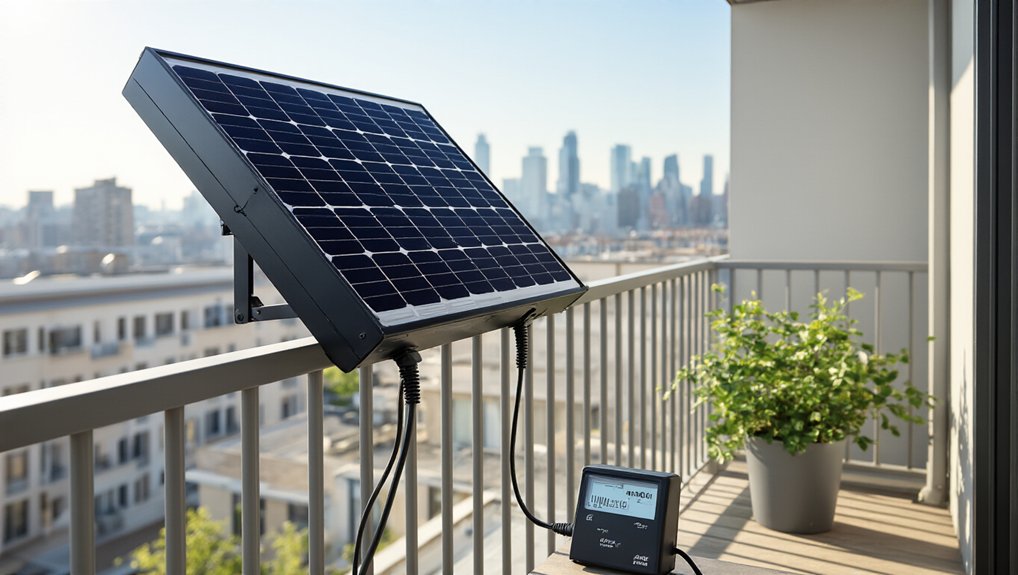The Empire Wind 1 project has hit a major roadblock. Federal officials stopped construction after concerns about rushed approvals surfaced. The offshore wind farm could power 500,000 Long Island homes when complete. Now, state and federal leaders are arguing over who has the final say in permitting. New York’s clean energy goals depend partly on this massive project. What happens next will impact not just Long Island’s energy future, but potentially how renewable projects move forward nationwide.
New York’s ambitious offshore wind project, Empire Wind 1, is facing significant challenges despite its promising clean energy potential. The federal government has intervened to halt construction, citing concerns over a rushed approval process. This has created uncertainty for the project’s completion timeline and cast doubt on New York’s clean energy goals.
Empire Wind 1, located 15–30 miles southeast of Long Island, spans 80,000 acres and is designed to generate 810 megawatts of electricity. That’s enough power for about 500,000 New York homes. The project would be New York City’s first offshore wind farm with a direct connection to the city’s electrical grid.
Stretching across 80,000 acres of ocean, Empire Wind 1 aims to power half a million New York homes with clean energy.
The project secured over $3 billion in financing in late 2024, with total investments expected to reach $5 billion. It features 54 Vestas wind turbines, each standing up to 951 feet tall with a 15-megawatt capacity. Construction began at the South Brooklyn Marine Terminal in June 2024 and was expected to last about two years. These turbines are so efficient that a single rotation can power a New York home for 1.5 days.
Two underwater cables, each 40 nautical miles long, will carry electricity from the wind farm to substations in Brooklyn. The project has structured a 25-year power purchase agreement at $155 per megawatt-hour.
State leaders are contesting the federal action as regulatory overreach. They’re fighting to defend the project’s role in New York’s clean energy future. The dispute centers on federal versus state jurisdiction in renewable energy permitting.
Empire Wind 1 is key to New York’s goal of developing 2.1 gigawatts of offshore wind capacity. It would help diversify the state’s energy mix, reduce fossil fuel dependence, and support emissions reduction efforts. Wind energy projects like Empire Wind 1 can provide significant benefits to local economies through job creation and infrastructure development.
Equinor, which acquired the Empire Wind lease area in 2017, plans to bring in additional investors to strengthen the project’s value. The company completed a Purchase and Sale Agreement with NYSERDA in June 2024 for a 25-year term.
The outcome of this regulatory battle will likely set important precedents for future offshore wind projects across the United States. As of April 17, 2025, offshore construction activities have been suspended following a US government order.








